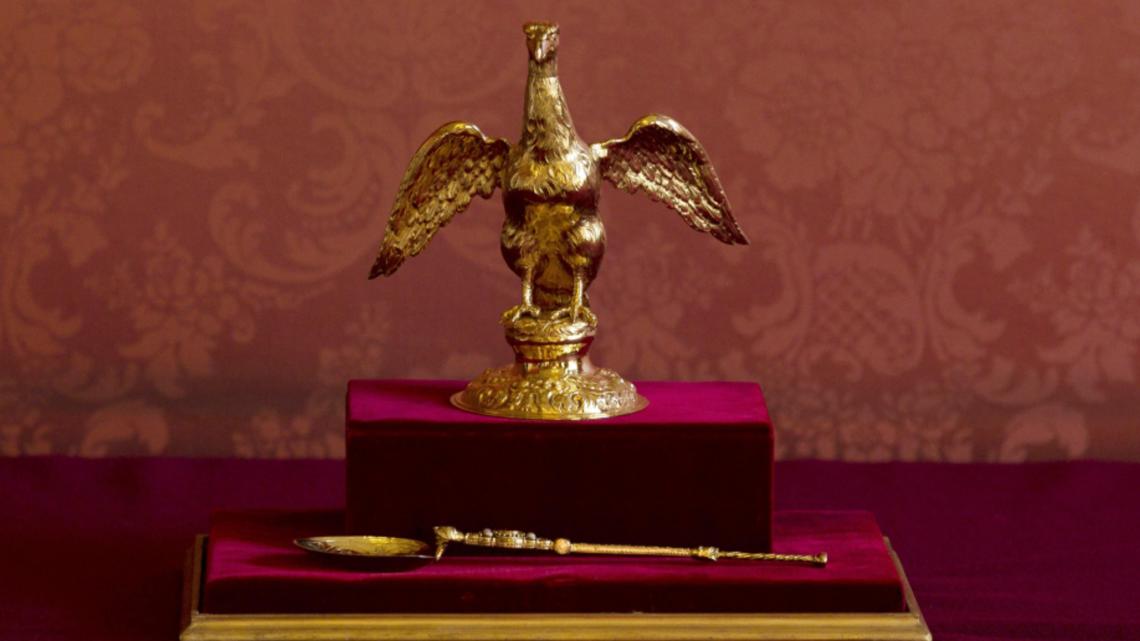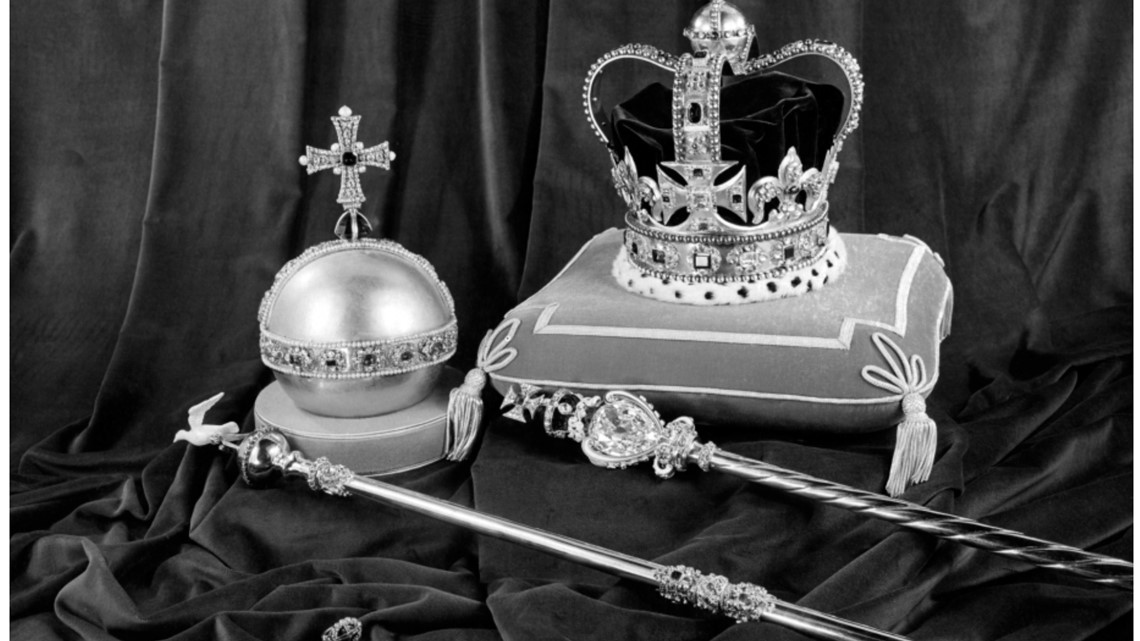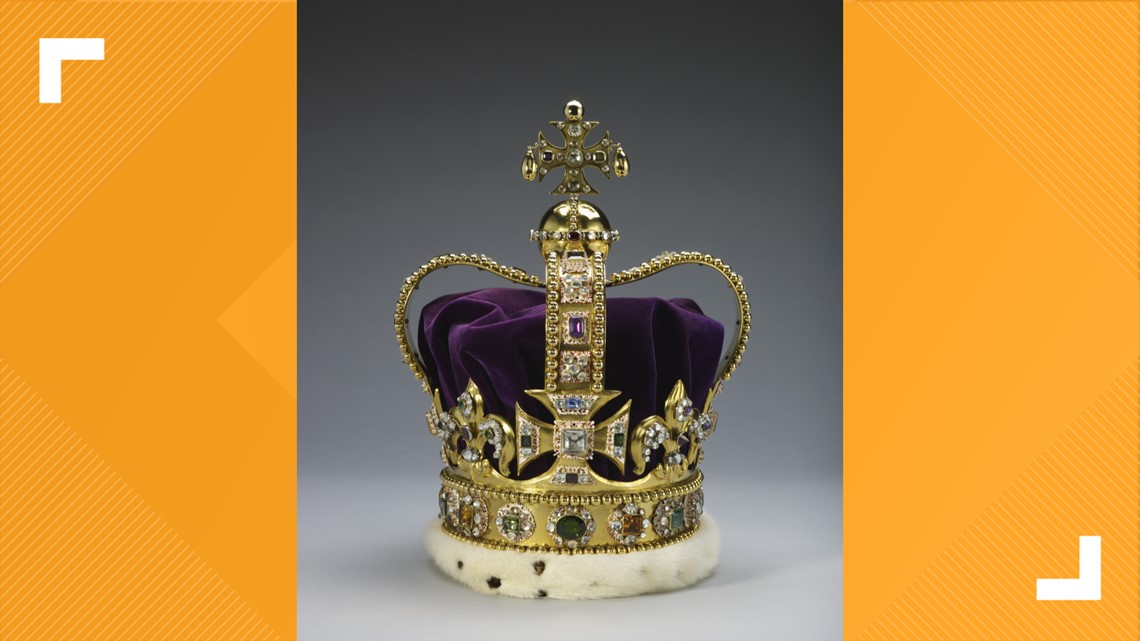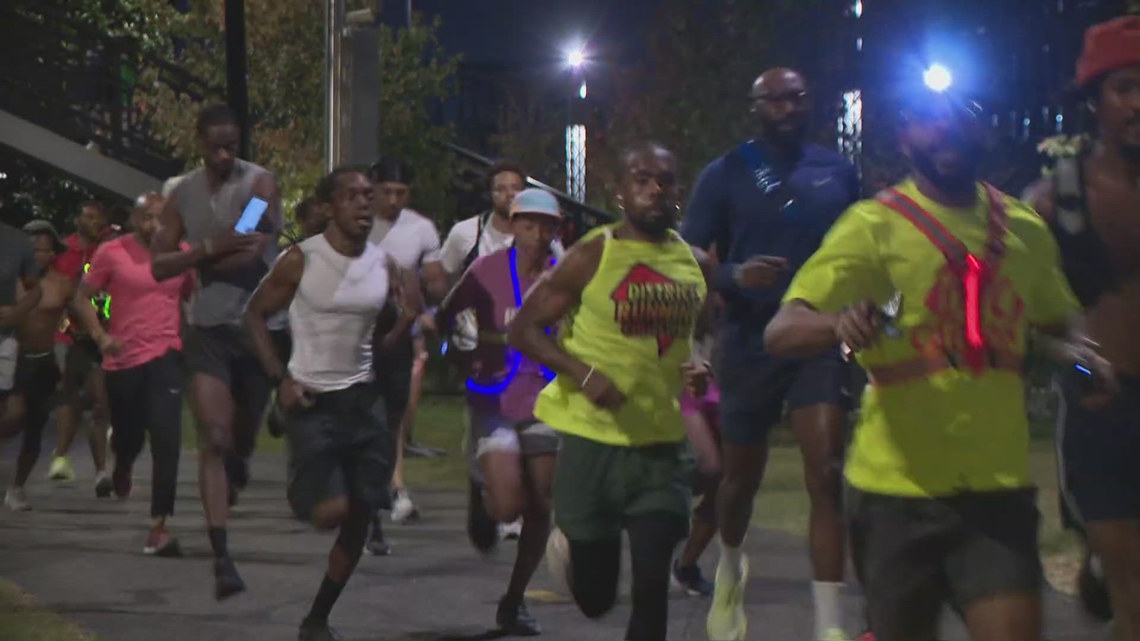The process of coronating a king in England is a long one, steeped in tradition and history. But it can be confusing to outsiders unfamiliar with the process.
WASHINGTON — The crowning of King Charles III has been anticipated since he became king last year following the death of his mother, Queen Elizabeth II.
The process of coronating a king in England is a long one, steeped in tradition and history. But it can be confusing to outsiders unfamiliar with the process.
Here's a step-by-step guide for what will happen on Saturday during the coronation.
Gilded Carriage
The morning of the coronation will begin with the journey from Buckingham Palace to Westminster Abbey, where the ceremony will take place.
King Charles and his wife Camilla will travel wearing traditional Robes of State, a set of crimson velvet robes made specifically for the occasion.
They will travel with a procession from the palace to the abbey in the horse-drawn Diamond Jubilee State Coach, built for Queen Elizabeth's 60th anniversary and used for the first time in 2014.
The gilded black coach has heat, air conditioning, power windows and a suspension system that will provide a comfier ride than Elizabeth's coronation vehicle. This modern coach still requires the old-fashioned type of horsepower — it'll be drawn by six Windsor Greys.
The Royal Church
The coronation will take place at Westminster Abbey, as nearly every one for the past nine centuries has.
When the royal family arrives, they will be greeted by the Archbishop of Canterbury, who will conduct the ceremony.
According to Buckingham Palace, 38 coronations have taken place in the Abbey since William the Conqueror's crowning in 1066.
Allegiance to the King
Once Charles is in the Abbey, the coronation becomes interactive for the audience. The people in the church are asked if they recognize the new monarch, and will respond with "God Save the King."
Then, Charles will sign an oath swearing to rule according to the law and with mercy, according to the palace itinerary.
After the oath, Charles will sit in the coronation chair, which was originally made for King Edward I in 1300. According to Buckingham Palace, the chair holds the Stone of Scone, otherwise known as the Stone of Destiny. It's an ancient artifact associated with the kings of Scotland, and is usually kept in Edinburgh Castle when not being used to coronate a new king.
Charles will then be anointed with holy oil from a cup known as the Ampulla, with a special Coronation Spoon from the 1100s — the oldest item used in the ceremony.
This is the one moment in the coronation that people won't see as a screen will be lifted to shield the king from public view. This is a sacred moment between Charles and the clergy that are present. And only those people will actually be able to see what happens.
During this ritual, a choir will sing Handel’s "Zadok the Priest."


The King's Outfit
Charles will then don the royal vestments, a set of ornate gold-silk clothes designed to mimic priestly garments. In total, the vestments weigh about 13 lbs.
The garments include a silk undershirt, a golden robe, a sword belt and an intricately embroidered glove. While they're modeled after the modest garb of a holy man, these clothing items are much more befitting royalty than a monk. All of them are either made from gold cloth or embroidered with gold, and feature intricate designs of the emblems of the British Isles.
Over the outfit, he will don the Imperial Mantle, which weighs six pounds and is clasped with a golden eagle. The mantle is meant to symbolize the divine nature of being king and, fittingly, is made of more golden cloth. It's embellished with fleur-de-lis patterns, imperial eagles and other national symbols.
Accessories
After putting on his coronation clothes, Charles will be presented with the Coronation Regalia, a series of sacred objects representing the power and responsibility of the monarch.
These include gold spurs, the heavily jeweled Sword of Offering, armills (gold bracelets representing sincerity and wisdom), the Sovereign's Orb (a golden globe topped by a cross), a ring and two scepters.


Crowning a New King
Finally, the ceremony concludes with the St. Edward's Crown being placed on Charles' head.
After the ceremony is over, newly appointed King Charles III will don the Robes of Estate, a large garment made of purple silk velvet, embroidered in gold. Traditionally, this robe is more personalized than the Robes of State, but Charles has again opted for a tribute piece, reusing the robes worn by his grandfather, King George VI, during his 1937 coronation.
He also doesn't have to wear the heavy St. Edward's Crown for the rest of the service. After he dons it once, it will be replaced with the much lighter Imperial State Crown for the rest of the service.


Swearing Allegiance to the Crown
In the final part of the coronation ceremony, Charles will move to the throne, and senior UK officials will swear their allegiance to the crown by putting their hands on his knees, touching the crown and kissing Charles' right hand.
When his mother, Queen Elizabeth II, was crowned in 1952, her husband, Prince Philip, was the first to pay homage in this way. It's likely that Camilla will do the same.
Wrapping Up and Heading Home
The coronation day ends with the procession returning from Westminster Abbey to Buckingham Palace. This time, Charles and Camilla will be in the Gold State Coach. This coach has been used at every coronation since William IV’s in 1831.
Like the name implies, the coach is a horse-drawn carriage almost entirely covered in gold. It's notoriously uncomfortable.
The procession through the streets of London is done at the end of the ceremony to allow as many people as possible to see the newly crowned monarch.
.png)









 English (US) ·
English (US) ·